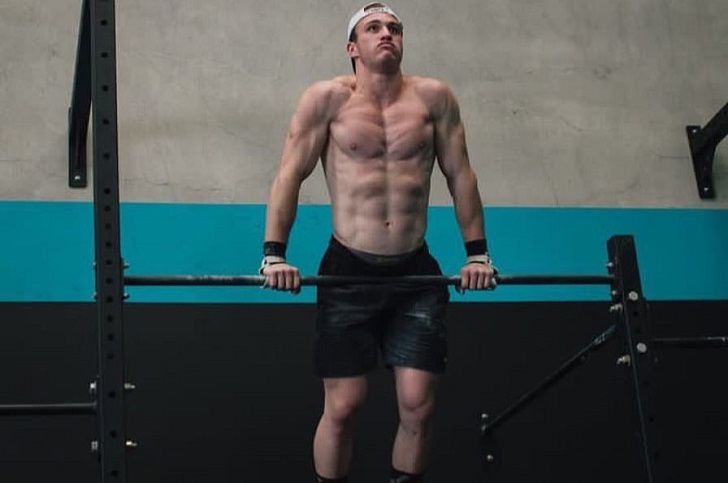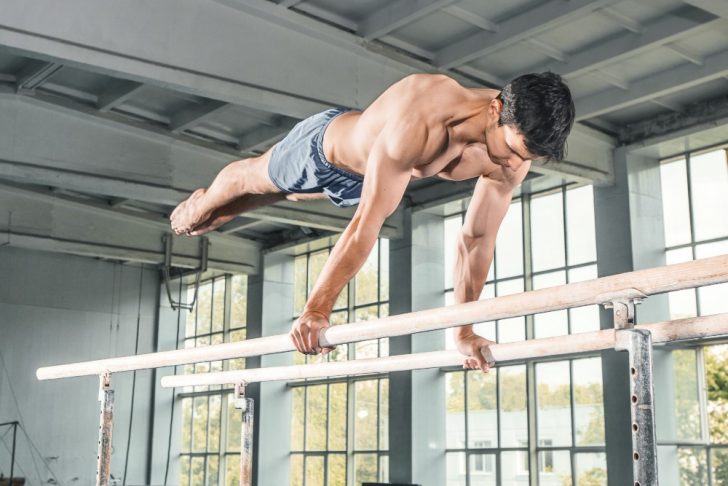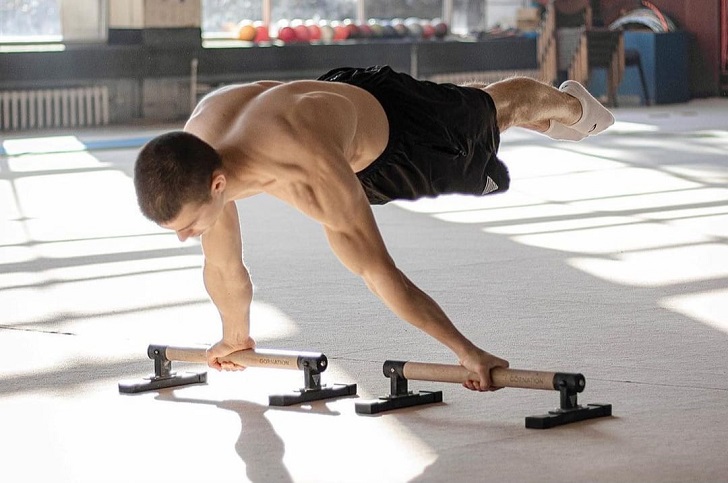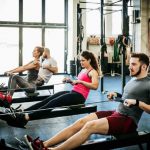Are you looking to train like a professional athlete? A gymnastics workout might be just what you need. Gymnastics workouts are renowned for their ability to build strength, stability, and flexibility. Whether you're looking to enhance your climbing skills or improve general fitness, incorporating gymnastics workout techniques into your routine can lead to impressive gains.
Why Gymnastics Workouts Are Essential
Gymnastics workouts target the upper body, core, and even lower body muscles, offering a balanced approach to fitness. Many athletes, particularly climbers, tend to focus on pulling movements, neglecting the pushing muscles like the triceps, chest, and shoulders. This imbalance can lead to overuse injuries and decreased performance. Incorporating gymnastics workouts, especially using parallettes, can correct these imbalances and enhance overall athletic performance.

@jayden_foote | Instagram | Gymnastics workouts target the upper body, core, and even lower body muscles, offering a balanced approach to fitness.
The Benefits of Parallettes Training
Parallettes, a miniature version of parallel bars, are excellent for performing various pushing exercises. They help eliminate wrist extension, making them suitable for those with tight forearms. Moreover, parallettes are affordable and easy to build, making them a practical addition to any home gym. This equipment is particularly beneficial for climbers and bodyweight practitioners, but anyone can use it to develop upper-body and core strength, stability, and body awareness.
A Comprehensive Gymnastics Workout Routine
Handstand Push-Up Progression

master1305 | Freepik | Parallettes help eliminate wrist extension, making them suitable for those with tight forearms.
This progression begins with simpler movements that build up to the full handstand push-up. Start with pike push-ups by placing the parallettes slightly wider than shoulder-width. Assume a downward-facing dog position, and execute push-ups by lowering your head between the bars and pushing back up. To increase difficulty, elevate your feet.
Advance to L-handstand push-ups against a wall. Your body should be parallel to the floor at the start. As you gain strength, work towards performing handstand push-ups without wall support, focusing on maintaining a central balance and proper alignment.
Pseudo-Planche Push-Ups
For these, position the parallettes and your body in a plank position. Lean forward so your hands are under or slightly behind your hips. Execute push-ups with a tight elbow position to enhance the engagement of your chest, back, and core muscles. This movement not only strengthens but also helps progress towards more complex gymnastics skills like the planche.

@hristov_sw | Instagram | Pseudo-planche push-ups enhances the engagement of your chest, back, and core muscles.
L-Sit to Handstand (Press Handstand) Progression
Start with an L-sit, lifting your body while keeping your legs parallel to the floor. Progress to a frog stand by placing your knees on your upper arms and lifting into a balanced position. From here, you can extend into a handstand. This series of movements challenge your core, hip flexors, and shoulder stability.
Tips for Progress and Overcoming Plateaus
Consistent practice and attention to form are the key to advancing in your gymnastics workout. If you find yourself struggling to progress, consider adjusting your exercise load or altering your routine to allow more recovery time. Changing your approach to sets, reps, or rest periods can make a significant difference.
With this gymnastics workout guide, you're equipped to start training with the efficiency and precision of a pro athlete. By focusing on form, consistency, and safety, you'll be able to build strength and stability that translates into better performance across all your athletic endeavors.




